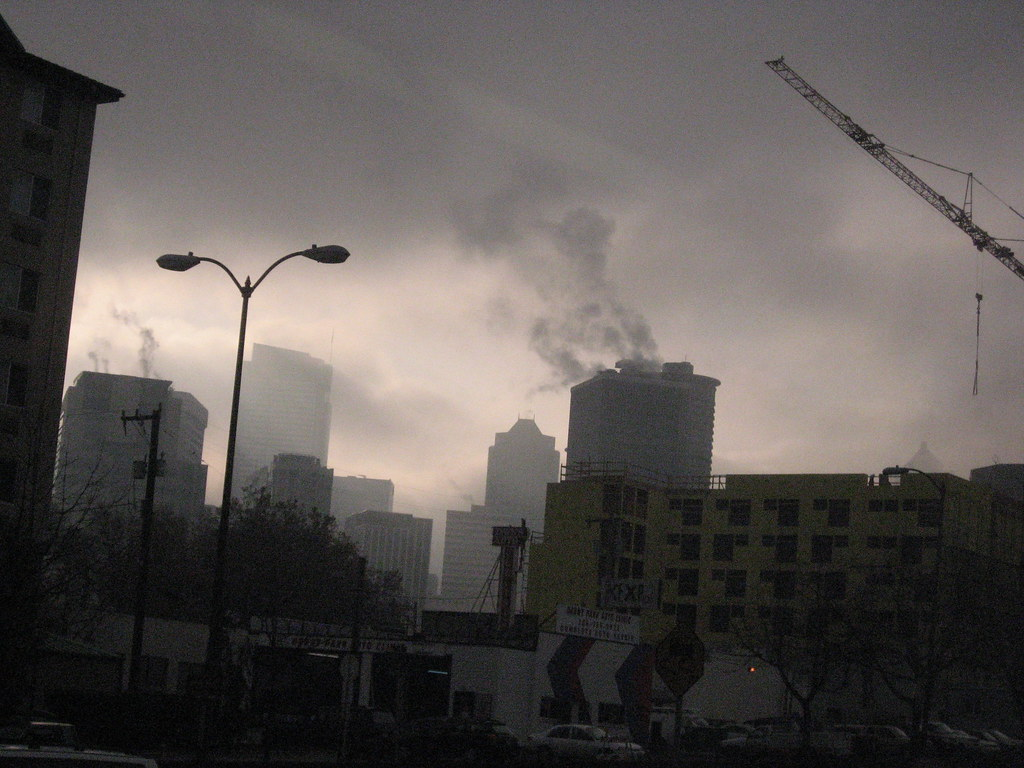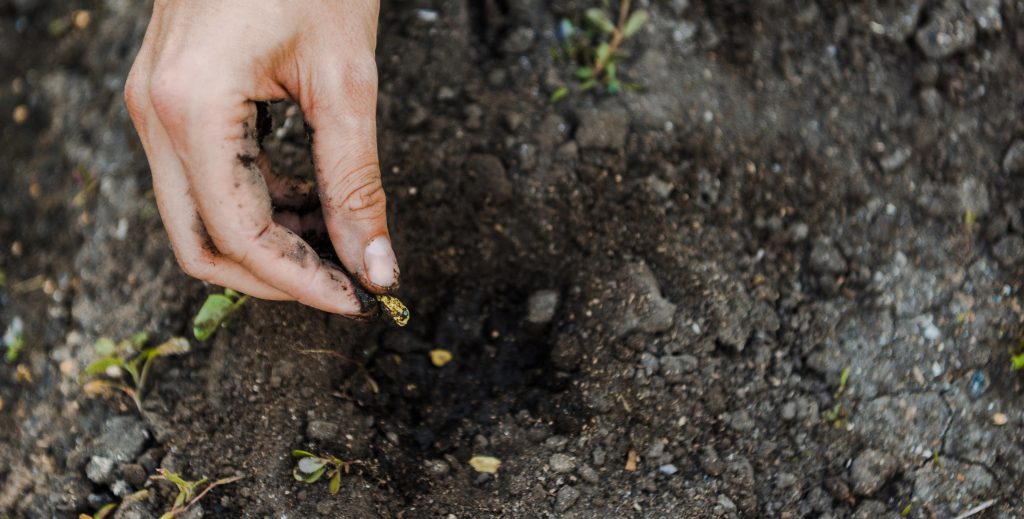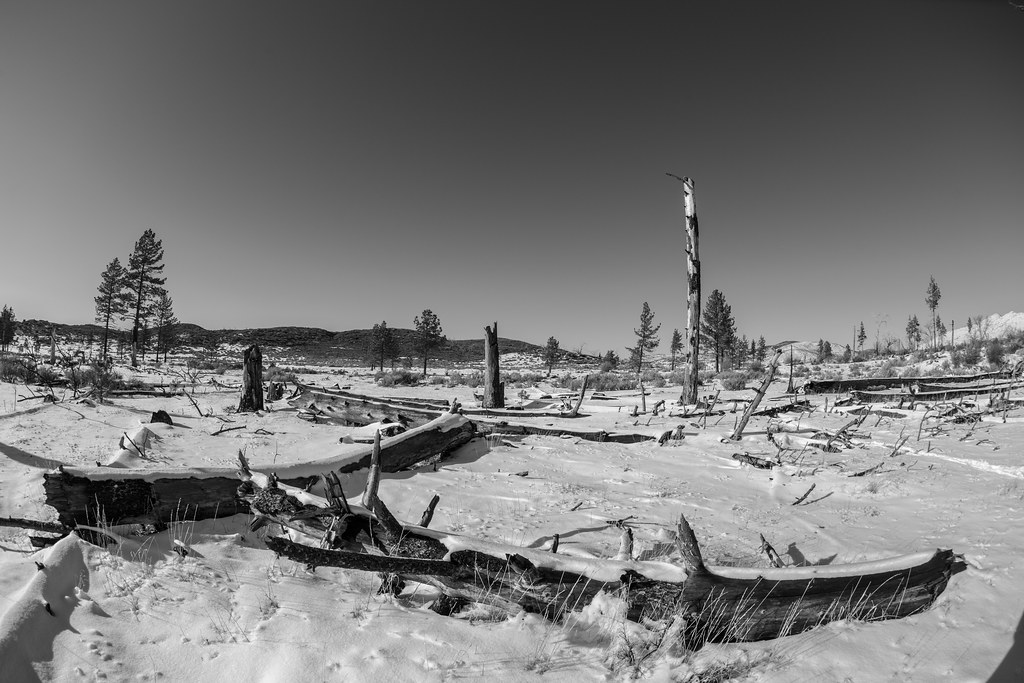
Did one geopolitical blunder have the potential to wipe out decades of farm productivity in a matter of months? New high-resolution climate and crop models indicate yes and the math is daunting.

1. The Climatic Mechanics of a Nuclear Winter
The definition “nuclear winter” refers to the extended cooling of the planet that could occur after extensive nuclear war, fueled by soot and ash from firestorms that shade the earth. In simulated experiments, soot injections are between 5 million and 165 million tons, cutting incoming solar radiation by 10 to 130 W/m². The temperature drops that follow 1.5°C in the lowest case to almost 15°C in the highest would last for more than a decade. Rainfall would fall sharply, particularly in monsoon areas, adding to the pressure on crops.

2. Ozone Destruction and UV-B Surge
The climatic shock is only one of the menace. The fireball and blast of nuclear explosions release nitrogen oxides, which, with stratospheric heating by soot, can destroy the ozone layer quickly. Under a global war scenario, computer models estimate up to 75% ozone depletion globally in 15 years. According to Yuning Shi of Penn State, “The simultaneous presence of both nitrogen oxides and absorptive soot heating could destroy ozone quite quickly, raising levels of UV–B radiation at the Earth’s surface.” This would also destroy plant tissue and further constrain global food supplies. UV-B reaching its peak six to eight years into the war could slash crop yields another 7%, when temperatures start to rebound.

3. Sentinel Crop Failure
Maize (Zea mays), the globe’s most popular grain, was employed as a sentinel crop in experiments at 38,572 global sites. Even a war in the region that emits 5.5 million tons of soot would cut world corn yields by 7%. A global war that would emit 165 million tons would cut yields 80%, and if UV-B impacts are added, the total decrease is 87%. The same trends are expected for rice, wheat, and soybeans, with the most affected being temperate regions in the Northern Hemisphere.

4. Simulating the Agricultural Fallout
These predictions were produced with the Cycles agroecosystem model and the Community Earth System Model, coupling atmospheric chemistry, soil-plant nutrient dynamics, and high-resolution climate information. The simulations indicate that recovery periods differ 7–12 years for maize, with the Southern Hemisphere and equatorial belts recovering more quickly than high latitudes. This integration of climate and crop models represents a giant step in forecasting ability, allowing scientists to estimate multi-year agricultural failure with unprecedented resolution.

5. Global Calorie Supply and Fisheries
Land farming controls human calorie supply, but oceanic fisheries were also simulated. Even with the most extreme soot scenarios, oceanic net primary productivity falls as much as 37%, less than on land. But fisheries only supply 0.5% of global calories, so their buffering capacity is weak. For a 150 Tg soot scenario, total crop calorie production worldwide would decline by approximately 90% in four years, with devastating market shocks. Without trade, the majority of mid- to high-latitude countries would have calorie consumption dip below basal needs, threatening widespread starvation.

6. Regional Disparities and Survivability
Geography determines survival chances. Australia’s extensive dependence on wheat lesser impacted in some cases may be able to support higher calorie consumption, although refugee arrivals would put a burden on supplies. Lower-latitude countries such as India and Pakistan may experience smaller percentage reductions, but localized infrastructure destruction and pollution would compound shortages. Under the worst circumstances, less than 25% of populations in most nations might survive more than two years without extreme adaptation.

7. Adaptation Strategies and Resilience Engineering
Mitigation is achievable but limited. Shifting to crop varieties that are more suitable to cooler, shorter growing seasons can slow down productivity declines by up to 10%. Scientists suggest “agricultural resilience kits” with locally adapted seeds to initiate recovery. Armen Kemanian, the head developer of the simulations, has this comment” These kits would sustain food production through the years of instability after a nuclear war, as supply systems and infrastructure are rebuilt.” Other methods involve reducing livestock feed and household refuse to human food, and increasing fishing pressure.

8. Beyond Nuclear War: Broader Disaster Preparedness
The same modeling tools can be used to study other global-scale disruptions, including supervolcanic eruptions. As NCAR’s Charles Bardeen explains, “These aren’t local where the war takes place. They’re global, so they would impact us all.” Coupled impacts of climate, atmospheric chemistry, and agriculture need to be understood in order to plan for resilience in an age of compounding risk.

The science is clear nuclear winter is not some remote Cold War fantasy but a measurable, multi-system breakdown scenario. And although the engineering of resiliency can be done, the models indicate that prevention is still the only approach capable of averting the most cataclysmic results.


